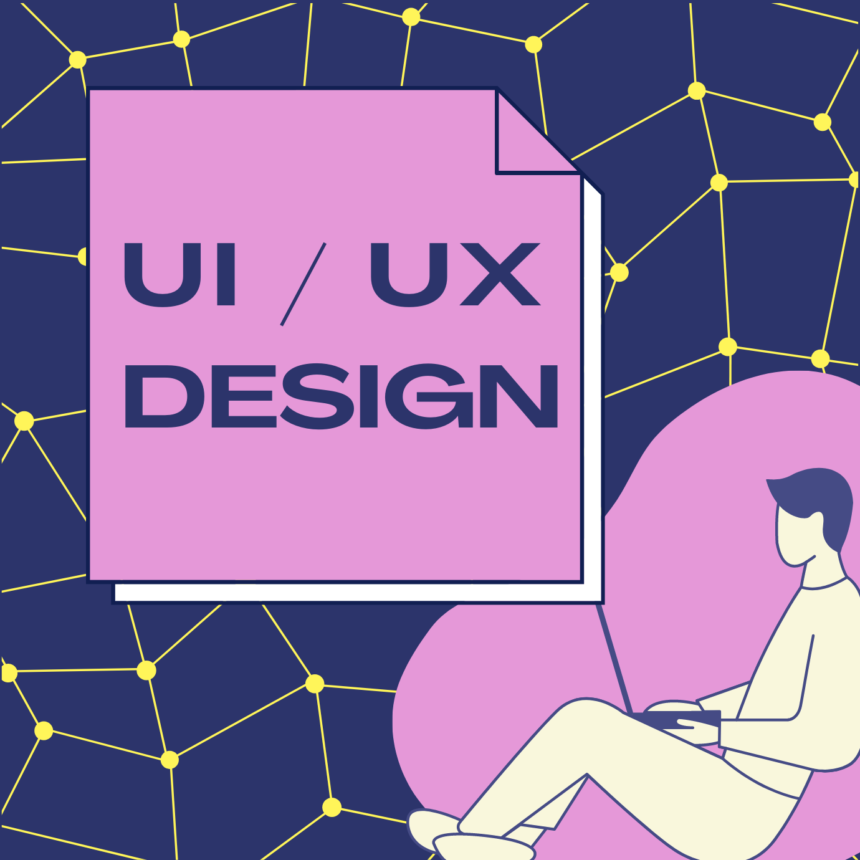As technology and user expectations continue to evolve, UI-UX design is also advancing to meet the demands of users and businesses alike. Here are some key trends and innovations that are shaping the future of UI-UX design:
- Augmented Reality (AR) and Virtual Reality (VR) Experiences: AR and VR technologies are revolutionizing the way users interact with digital interfaces. UI-UX designers are exploring new ways to create immersive experiences, whether it’s through AR overlays on real-world objects or fully immersive VR environments.
- Voice User Interfaces (VUI): With the rise of smart speakers and voice assistants, VUI is becoming more prevalent. UI-UX designers are focusing on creating conversational interfaces that are intuitive and engaging, allowing users to interact with technology using natural language.
- Microinteractions: Microinteractions are subtle animations or visual cues that provide feedback and enhance user engagement. They add a touch of personality to interfaces, making interactions more delightful and enjoyable.
- Dark Mode: Dark mode or dark theme options are gaining popularity as they reduce eye strain and save battery life on devices. UI-UX designers are incorporating dark mode into their designs to offer users more flexibility and a modern aesthetic.
- Gesture-Based Navigation: As touchscreens become more prevalent, gesture-based navigation is becoming standard. UI-UX designers are exploring creative ways to implement intuitive gestures that simplify user interactions.
- Minimalism and Simplified Design: Clean and minimalistic designs with a focus on essential elements are becoming more prevalent. Simplified UIs reduce cognitive load and improve user comprehension.
- Biometric Authentication: Integrating biometric authentication methods, such as facial recognition or fingerprint scanning, enhances security and user convenience.
- Design Systems and Component Libraries: Design systems and component libraries are gaining popularity as they streamline the design process and ensure consistency across various products and platforms.
- Data-Driven Design: Data analytics and user insights play a crucial role in shaping UI-UX decisions. Designers are leveraging data to optimize user experiences and drive better outcomes.
- Inclusive Design: UI-UX designers are increasingly focusing on creating inclusive experiences that cater to users with diverse abilities and needs. Accessibility and inclusivity are becoming integral to design processes.
- Emphasis on Emotional Design: Designers are exploring ways to evoke emotions and create meaningful connections with users through visuals, microinteractions, and storytelling.
- AI-Driven Design Tools: AI-powered design tools are emerging to assist designers in tasks like layout generation, content suggestion, and prototyping, increasing design efficiency.
In conclusion, the future of UI-UX design is promising, with advancements in technology and user-centric approaches driving innovation. As designers embrace emerging trends and incorporate user feedback, UI-UX experiences will continue to evolve, delivering more immersive, accessible, and delightful interactions across digital platforms.
